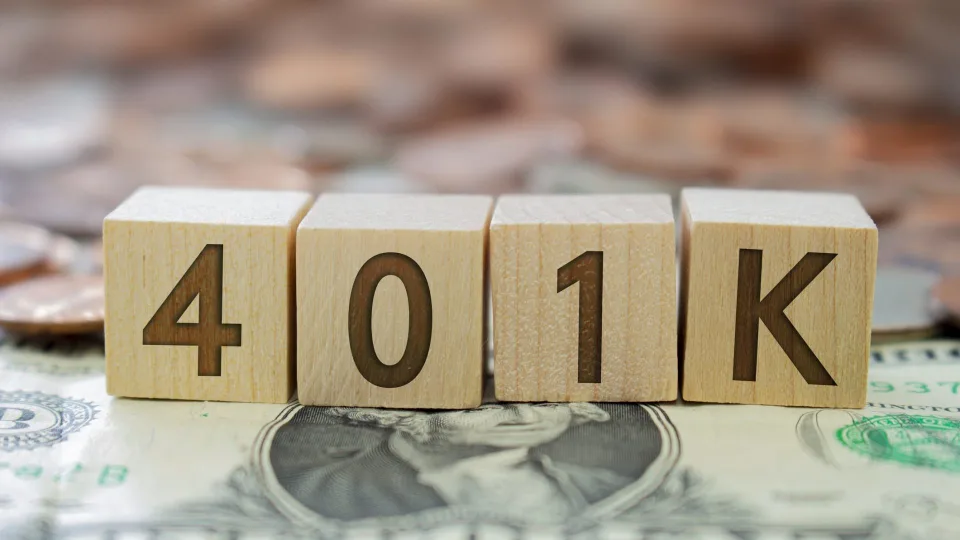According to a 2023 Bankrate report, 56% of Americans feel behind when it comes to retirement savings, with nearly 1 in 3 estimating they would need more than $1 million to retire comfortably. The reason so many Americans feel like they won’t reach that goal is that the average 401(k) balance was just $112,572, according to a 2023 analysis from Vanguard.
But, how much do you really need in savings by the time you retire, and how can you get there? Read on to learn more.
How Much Might You Need for Retirement?
The mythical “$1 million” figure has been tossed about as a retirement goal for decades, but it’s just not the right number for everyone. While some may need even more, many Americans could get by happily on far less. Your lifestyle, the location you live in, the type of retirement accounts you have — pretax or post-tax — and the amount of Social Security you’ll receive all play important roles in calculating your retirement needs. In other words, if you plan to retire in Malibu, drive a Ferrari and take round-the-world trips every year, you’ll likely need far more than $1 million. But if you live a fairly modest lifestyle in Omaha, Nebraska, $1 million might very well be overkill.
What Are the General Guidelines?
Financial advisors and firms often recommend using a multiple of your income as a way to see if you’re on the right path to your retirement goals. These are necessarily generic, as they’re an attempt to give a broad guideline to a mass audience, but they can still be helpful in terms of long-term planning.
Fidelity, for example, suggests using the following metrics:
- Age 30: 1x your salary
- Age 35: 2x your salary
- Age 40: 3x your salary
- Age 45: 4x your salary
- Age 50: 6x your salary
- Age 55: 7x your salary
- Age 60: 8x your salary
- Age 67: 10x your salary
Thus, if you’re earning $70,000 per year at age 45, you should shoot for $280,000 in your retirement account. If you’re earning $100,000 at age 60, that figure should be closer to $800,000.
Using Mathematics To Help Your Long-Term Plan
A common problem in financial planning is letting fear or emotion stand in the way of successful behavior. If you think to yourself that you could never be a millionaire, for example, you might give up before you even start. But if you look at the simple mathematics of compounding, you might be surprised just how “easy” it can be to become a 401(k) millionaire if you start early enough.
For example, at age 25, saving just $250 per month while earning an 8% average annual return will net you over $1 million by the time you’re 67. If you can start as early as age 21, it will only take about $175 per month to crack the $1 million barrier. For this with the foresight, leveraging the effects of compounding by starting early can pay huge dividends by the time you retire.
How To Boost Your 401(k) Balance?
If you started in your 20s and are on the path to a seven-digit nest egg, congratulations! But the reality is that most Americans are either not earning too much or are distracted by other factors in their 20s to really focus on long-term financial planning. If you’re in your 30s, 40s or even 50s and your 401(k) balance isn’t where you want it to be, there are still several steps you can take to boost your balance.
Slowly Increase Your Contribution Rate
Nearly anyone can save $50 or $100 per month in their retirement account, even if times are tough, just by making a few budget cuts. Once you’ve gotten in the habit of contributing, slowly bump up the percentage of your income you set aside every month. For example, if you start saving just 1% of your income every month, bump it up to 2% by the end of the year. Then, strive to bump that contribution rate up by 1% every six months. Before you know it, you’ll be socking away 15%-20% of your salary without even feeling it.
Get Your Full Employer Match
The 401(k) employer match is one of the best deals in the entire financial world. Most employers will match a certain percentage of what you put into your 401(k) on your behalf, essentially giving you free extra money for your retirement savings. You’ll want to contribute at least as much as will get you the full employer match. For example, if you earn $50,000 per year and your employer matches 100% of the first 5% of your salary that you contribute, make sure to put at least $2,500 per year into your 401(k). Your employer will then deposit an additional $2,500 into your account, making your total contribution $5,000.
Take Advantage of Catch-Up Provisions
Once you turn 50, you can really supercharge your 401(k) contributions. The IRS permits “catch-up” contributions up to an additional $7,500 per year for those 50 and older. On top of the maximum 401(k) contribution of $23,000 that applies to everyone for 2024, it means you can sock away up to $30,500 per year in your 401(k).

